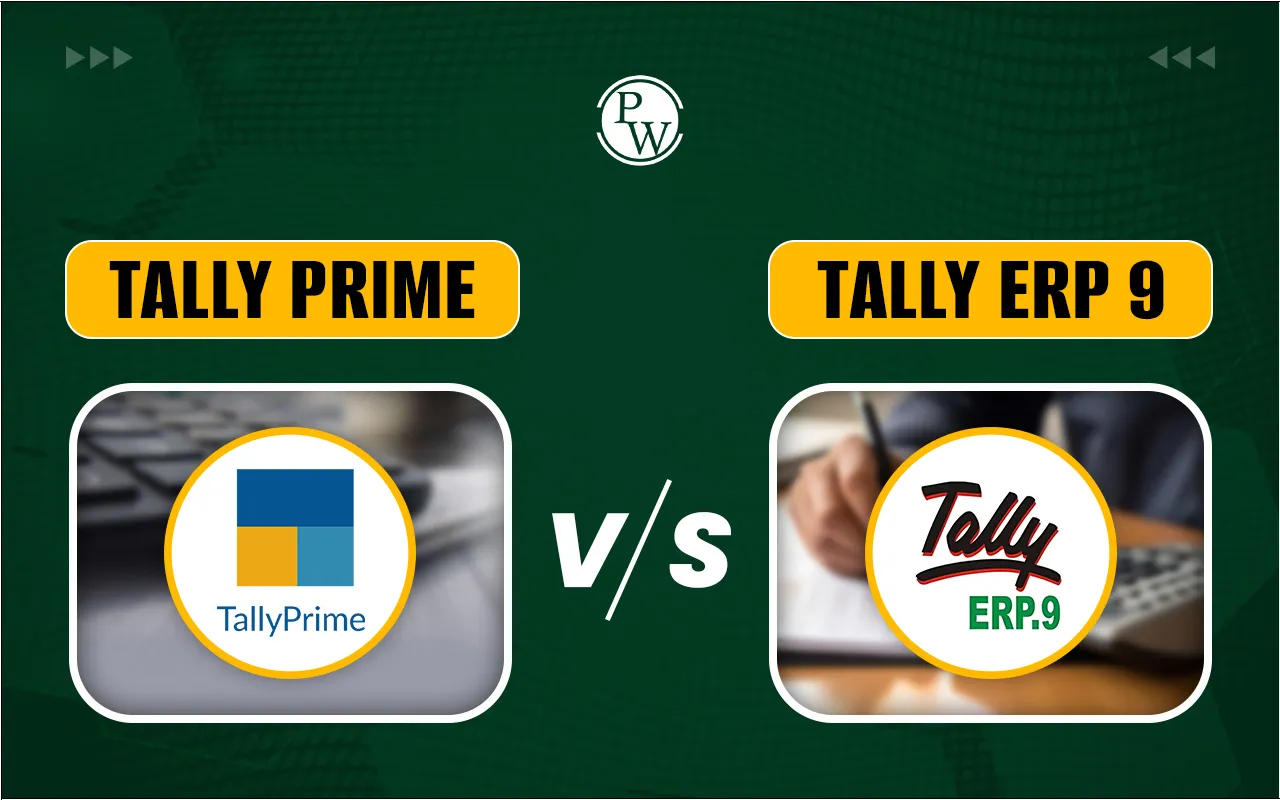
Revenue Recognition is a key principle that all sincere companies abide by. It is a big thing to report how much revenue they have generated. This is a requirement for making good financial reports. This principle is used to demonstrate the actual profit of a company to investors.
This is a very useful rule for all students of business to be aware of. It helps a sale qualify as income at the correct time. This ensures that sales are accounted for in the proper time frame. Adhering to the principles of Revenue Recognition maintains the books of a company free of clutter
What Is Revenue Recognition?
Revenue recognition is a formal rule of accounting that informs companies when to post income. A business generates revenue by providing goods or services and realizes it when it receives payment or a solid commitment. For instance, if a customer pays annually for cleaning services, the business posts income each month as work gets completed.
This rule ensures income matches the work done and helps report profits clearly, preventing false claims. It is used by businesses worldwide to keep financial records accurate and reliable.
Principles of Revenue Recognition
Revenue recognition has a primary collection of rules known as the Principles of Revenue Recognition. The rules ensure that all businesses account for income in the same manner so financial reports are similar. The official guideline, the Five-Step Model, assists businesses with determining the appropriate time to tally sales.
This is not a choice, these principles enforce fairness, transparency, and proper accounting in any business report. Principles of Revenue Recognition are a framework for reporting income. These steps apply to all kinds of sales. They ensure that complicated sales are properly recorded:
|
Principles of Revenue Recognition |
||
|
Step Number |
Simple Name |
What You Do |
|
1 |
Identify the Contract |
Locate the legal agreement with the customer. A contract is one signed on paper. |
|
2 |
Identify Obligations |
List all that the company said they would provide. |
|
3 |
Determine the Price |
Calculate the total that the customer will pay. |
|
4 |
Allocate the Price |
Split the total price between the various items or services you said you would provide. |
|
5 |
Recognize Revenue |
Account for the money when you provide the item or complete the service. |
Steps of Revenue Recognition
Five-Step Model is the formal methodology for revenue recognition. It helps companies to accurately account for income and match it with the work completed. Five-Step Model simplifies complicated accounting to be easy to understand:
-
Identify the contract – Locate the customer's legally binding agreement.
-
Identify performance obligations – Identify the specific goods or services you have to provide.
-
Determine the transaction price – Determine the total amount of money due from the contract.
-
Allocate the price – Spread the overall price among all promises equitably.
-
Recognize revenue – Accrue revenue when every promise is satisfied and make it equivalent to the work accomplished.
Example of Revenue Recognition
The rules work as easily as shown in a quick Example of Revenue Recognition. Let us take the example of a newspaper company. The company provides a subscription for the newspaper for six months. The overall cost is $60.
The customer remits the entire $60 on July 1st. The company is not allowed to record the entire $60 on July 1st. This is because the newspapers have not been delivered yet. The company receives $10 for the service every month. This is the rule of Revenue Recognition in action.
On July 31st, the firm earns and recognizes $10 as revenue. This is the first month's revenue earned. On August 31st, it earns and recognizes another $10. This goes on for six months. The entire $60 will be recognized within the six months.
This Real-Life Example of Revenue Recognition illustrates the significance of timing. Money is only counted when the work is completed. This easy Example of Revenue Recognition makes the key rule plain to students.
Revenue Recognition FAQs
What is Revenue Recognition?
Why is Revenue Recognition significant?
What are the key principles of Revenue Recognition?
Is a company able to account for revenue prior to performing the work?
What is the Five-Step Model?










